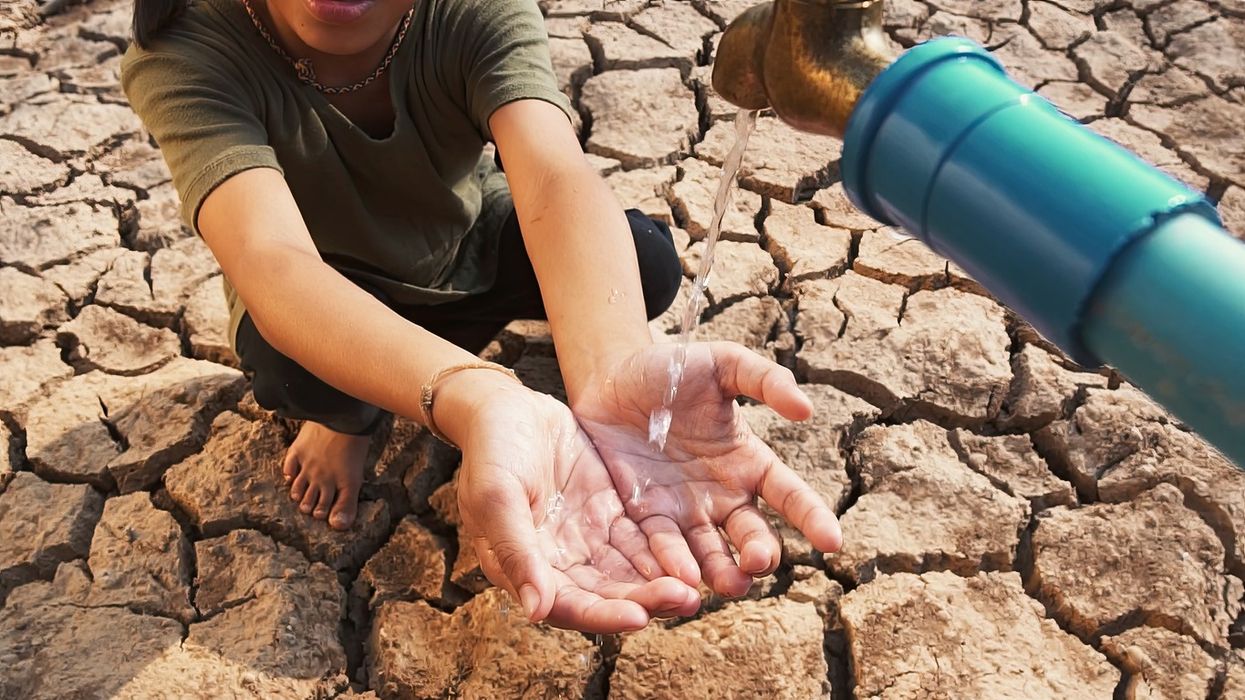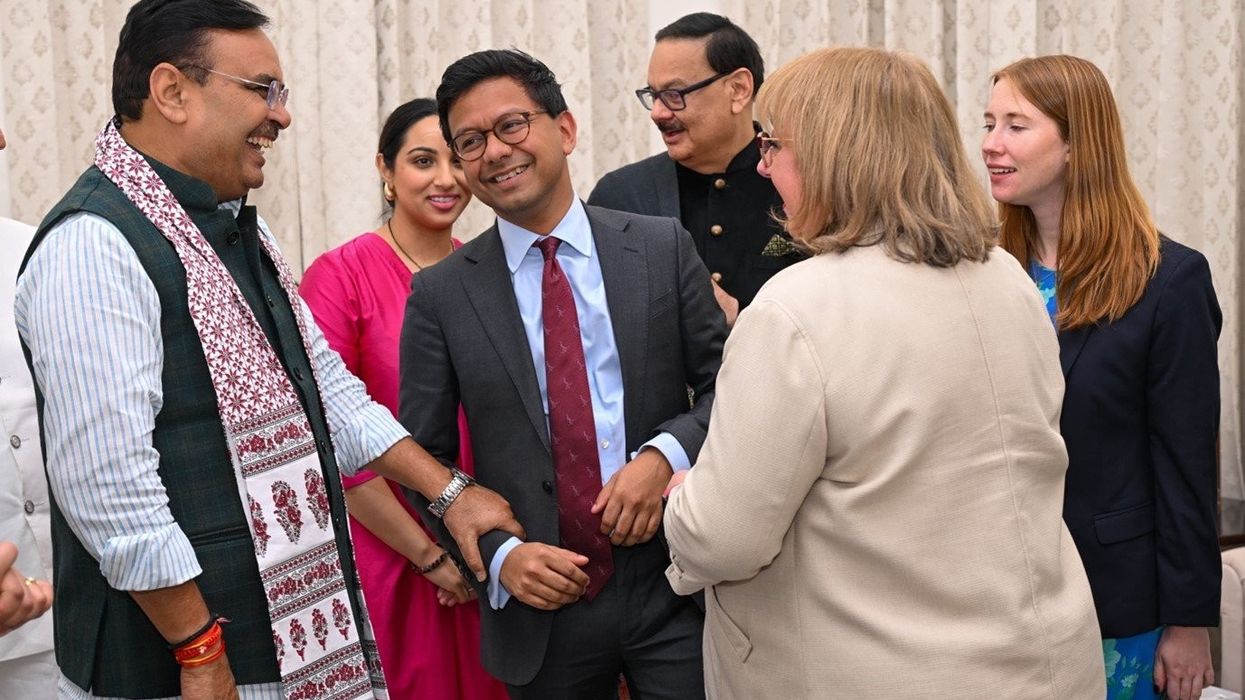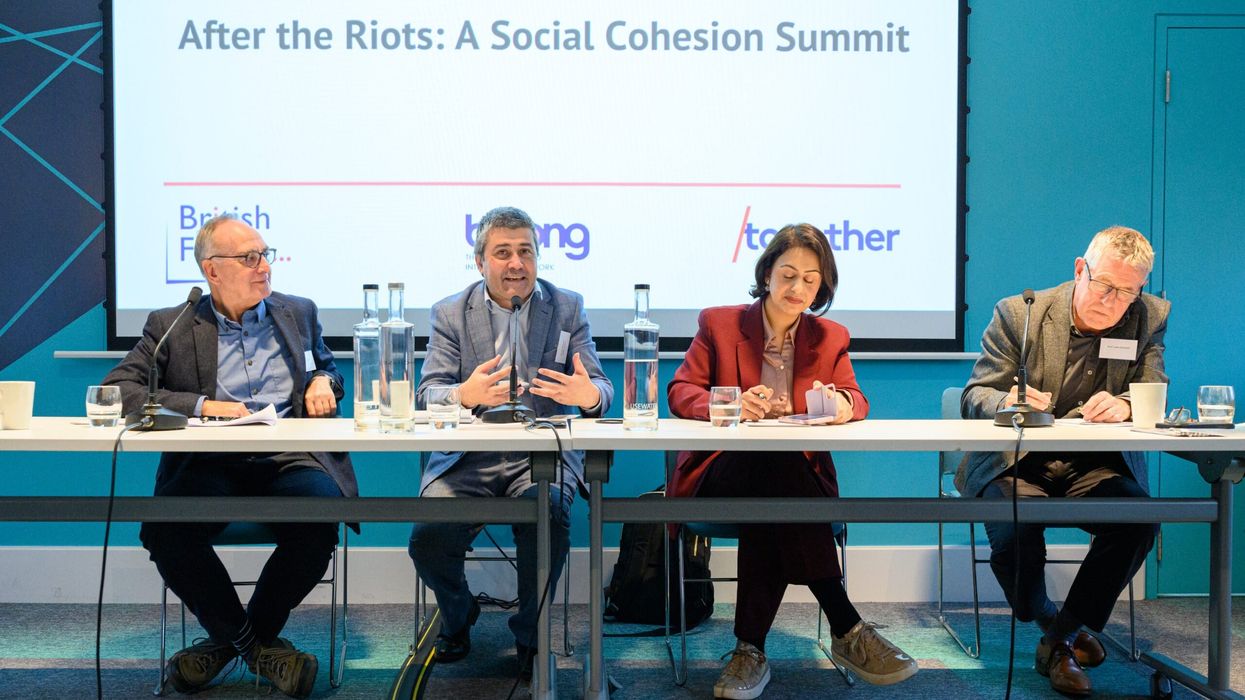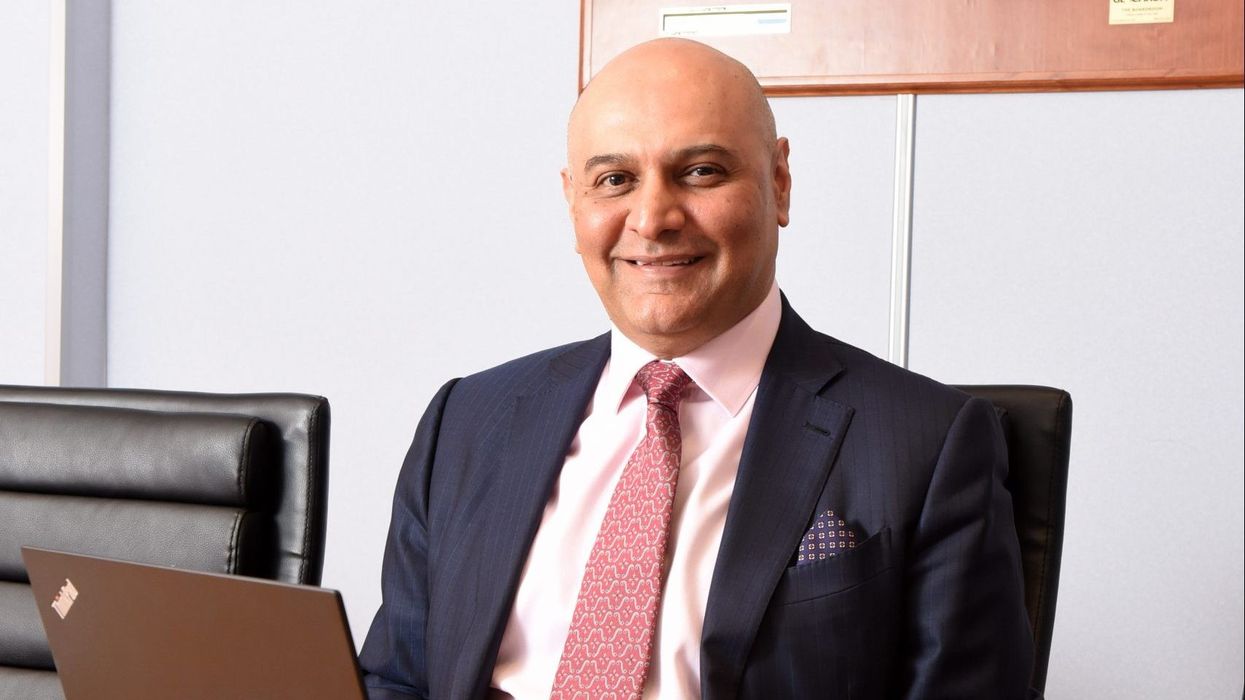By His Holiness Pujya Swami Chidanand Saraswati
IT IS so beautiful to be celebrating this divine holiday of light together.
Diwali is not only a holiday, but can also be truly a holy day if, in addition to lighting the lamps, if we can become the light. Unfortunately for many people, their own endless desires and expectations extinguish the possibility of true light in their lives. The constant experience of wanting more and more blocks us from living in awareness of the fullness of our divine existence.
The practice of gratitude, being grateful to the Divine for every minute and every moment, for every experience, for every breath, is a powerful tool to bring about deep joy, peace and light in our lives.
However, most people have it backwards. They think, “first I’ll get what I want and then I’ll be happy and then I’ll be grateful.” This is backwards. First you must be grateful, then you will be happy. Then whether you get or don’t get the object of external desire, it won’t impact or diminish your internal light.
But how do you do this? How do you remove the incessant clamour for more and more in the mind? The key is the opposite of what you may think. The best way to remove the bottomless ‘want’ and ceaseless desires from our lives to give more, serve more and sacrifice more.
One of the most common Hindu rituals is a yagna fire. Devotees sit in a circle around the sacred fire and place offerings into the flames. With each offering, the priest chants, idam namama (not for me, but for You). The purpose of this is to remind ourselves that everything is for God. We must offer every thought, every action, and every breath at His feet. We must give more and want less.
This festival season, during the auspicious occasion of Diwali, let us take this mantra of selfless service to help us be the light we want to see in the world. Let us resolve to not only light the lamps outside but to be the light ourselves. Instead of asking Maha Lakshmi for the bounty of wealth, let us instead ask how we may restore the natural bounty of the world.
Puja and prayer does not only mean that which we do sitting in our mandirs; it is how we live our lives. Arpan (offering) is not done only in the middle of a religious ritual, it also teaches us how to life our lives as the sangam (sacred confluence) of arpan (offering to society for the welfare of all), tarpan (offering to our ancestors and elders) and samarpan (surrendering to the Divine). Let every minute and every moment be an opportunity to perform puja for Maha Lakshmi. Let everything we do be an offering to Her.
This Diwali, let us truly commit ourselves to treading lightly and non-violently upon the planet and to realising that the earth is our home, and all those with whom we share it are our family. As we shower gifts upon our immediate family members and friends, let us pledge to protect and preserve our air, water and soil as the most important gift to our extended global family. Through what we eat, what we buy, how we shop, travel and live, we are either agents of positive transformation or agents of destruction.
On Diwali we celebrate the vanquishing of evil demons by the Divine. Let that happen within our own minds and lives as well. Let the Divine light within us conquer the demons of greed, ignorance, illusion and separation from our minds.
Each lit diya not only brings individual light, but it also can be used to light others. One single burning candle can light innumerable other candles, this is the beautiful meaning of the lamps we light in Diwali. On this Diwali, instead of throwing fireworks into the sky, causing air and noise pollution, let us become fireworks, illuminating this world through the goodness of our deeds and the selflessness of our actions.
We can begin with planting trees, picking up litter, going vegetarian at least a few days a week. Then we continue with switching off our lights, buying organic and fair trade, protecting our girls, women, and natural resources. From here we become truly a flame of light that helps propel our world forth into a new era. Make the resolution, and launch a new era of light in which all may bask. Hope and light are in your hands during this holiday season.
If we can take a pledge this Diwali – to give more and want less – then the lights of our lamps will continue to burn not only for a few hours but bring forth the inextinguishable light within. On this holy day of Diwali, I pray that you will take this opportunity to reflect upon your life and take a pledge to commit your lives – every word, every thought and every action – to being the light and bringing the light you want to see in the world.












Hope and light are in your hands this Diwali: Spiritual Leader